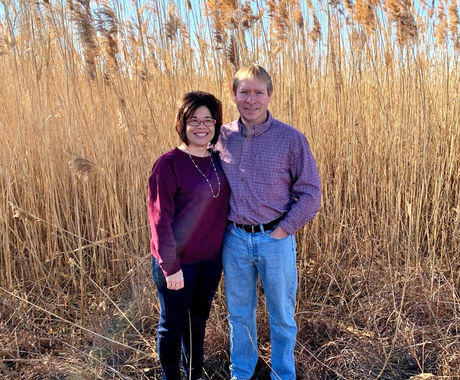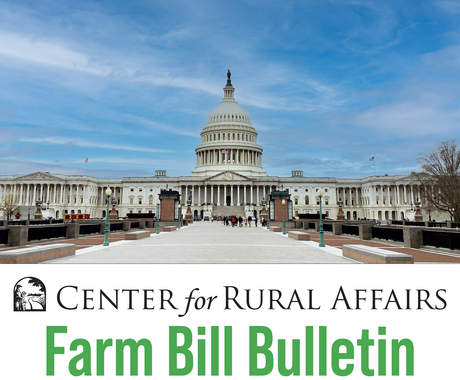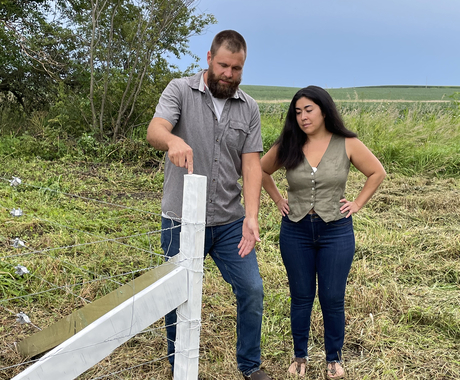By Katie Rock, former staff member
This blogpost is the third in our series looking at water quality in Iowa. Read our first two entries here and here.
To address water quality, Iowa needs more funding for on-the-ground practices and conservation. Most of the current funding comes from the federal government. At the state level, the public is putting more pressure to commit more resources into a stable long-term framework. Here, we dive into local and county efforts to fund and protect drinking water in Iowa.
The two most populated counties in Iowa have passed bond referendums to protect and promote natural resources and outdoor recreation. Linn County, home to the Cedar Rapids metro area, passed a $40 million bond in 2016 for trails, parks, and water quality and land protection. In 2012, Polk County, home to the Des Moines metro, passed a similar $50 million bond. Both ballot measures passed with more than 70 percent support from voters. These measures allow not only for renovations and improvements but for technical staff and water quality monitoring.
How can rural areas compete on addressing water quality when they do not have the tax base to leverage, like urban areas? Some options include local sales tax initiatives, public-private partnerships, and other special projects.
The regressive nature of sales tax is one criticism of raising the sales tax statewide to fund water quality projects. One bill introduced during the last legislative session aimed to strike a balance. The WISE bill introduced in 2017 coupled a sales tax increase with a proportional decrease in income taxes. The three-eighths of a cent sales tax increase would be phased in over three years to slow the pace of any negative impacts. The bill would also require 60 percent of funding to go toward practices outlined in the Nutrient Reduction Strategy. This design ensures that more sales tax revenue generated in urban areas would be invested in rural areas. There are already a few examples of metro areas funding projects in rural parts of the county using bond funding. (More details on the WISE bill can be found here.)
Public-private partnerships work for targeted projects with specific goals. One example is the many oxbow restorations completed by The Nature Conservancy alongside a number of different watershed groups in Iowa. The Nature Conservancy works with a watershed coordinator, technical staff, landowners, and sometimes municipal or county staff to site and develop an oxbow to slow and retain the flow of water in a stream.
Another example are the initiatives undertaken by Elliott, Remsen, and Sioux Center to protect drinking water for their towns with the Iowa Source Water Ag Collaborative. In each case, the town worked with the Iowa Department of Natural Resources to identify the source of their water quality issues and took on targeted projects to address them.
I hope readers can learn through this series what kind of resources are available to address water quality in their area. A variety of resources are available and trained staff can help communities improve their drinking water, but only with a shared commitment to address the problem. I plan to continue writing and highlighting more stories of the people and places taking on this challenge. Stay tuned!





